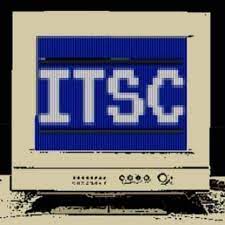
 A CT scan is so commonplace no one thinks twice about it anymore—but, as with all things technology, we really should. Take a look at the history behind CT scans in this edition of Tech Time Warp.
A CT scan is so commonplace no one thinks twice about it anymore—but, as with all things technology, we really should. Take a look at the history behind CT scans in this edition of Tech Time Warp.
Forty-two years ago, on July 19, 1983, a group of scientists in St. Louis led by Michael Vannier published the first 3D reconstruction of the human head, relying on computer-aided aircraft design techniques. The team created a series of computer programs that could display standard CT data as images simulating surfaces of the body—skin, muscle and bone—from multiple angles in a way nonradiologists could understand. What’s more, users could manipulate images of different layers together to pinpoint the exact locations of abnormalities. By the time Vannier and team had published their academic work on this breakthrough in craniofacial reconstruction, the program had been used in more than 150 patients to evaluate brain tumors, cervical spine injuries, pelvic fractures, and hand and feet deformities.
The birth of the CT scan
Vannier’s work built on the work of Godfrey Hounsfield, a British electrical engineer who worked at EMI, perhaps best known as the record label that signed the Beatles in 1963. While on vacation, Hounsfield spoke with a doctor who complained about the graininess of 2D X-ray images of the brain. When he returned home, he proposed to EMI that the company—which was doing well, thanks to the Beatles—develop technology that could take 3D brain images. His supervisor was ultimately supportive, and Hounsfield built a tabletop prototype. The first human clinical use occurred in 1971 at London’s Atkinson Morley Hospital on a female patient showing symptoms of a brain tumor. The results of the first human CT scan revealed a plum-sized cystic mass on the woman’s left front lobe.
Hounsfield shared the 1979 Nobel Prize with Allan MacLeod Cormack, another computer imaging pioneer, in recognition of this medical breakthrough.
Did you enjoy this installation of SmarterMSP’s Tech Time Warp? Check out others here.
Photo: Vesna Art / Shutterstock
This post originally appeared on Smarter MSP.

